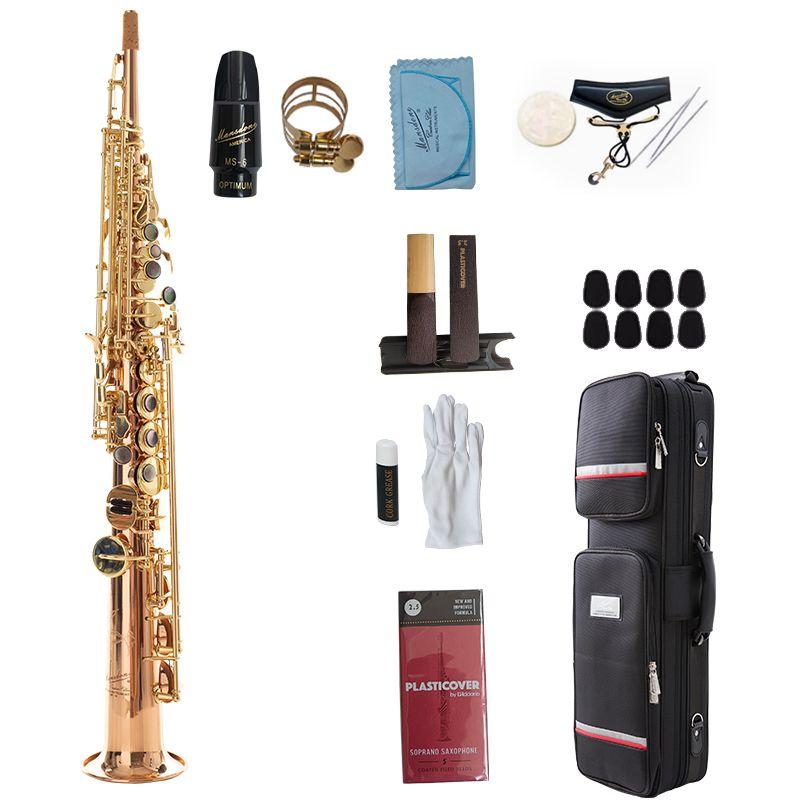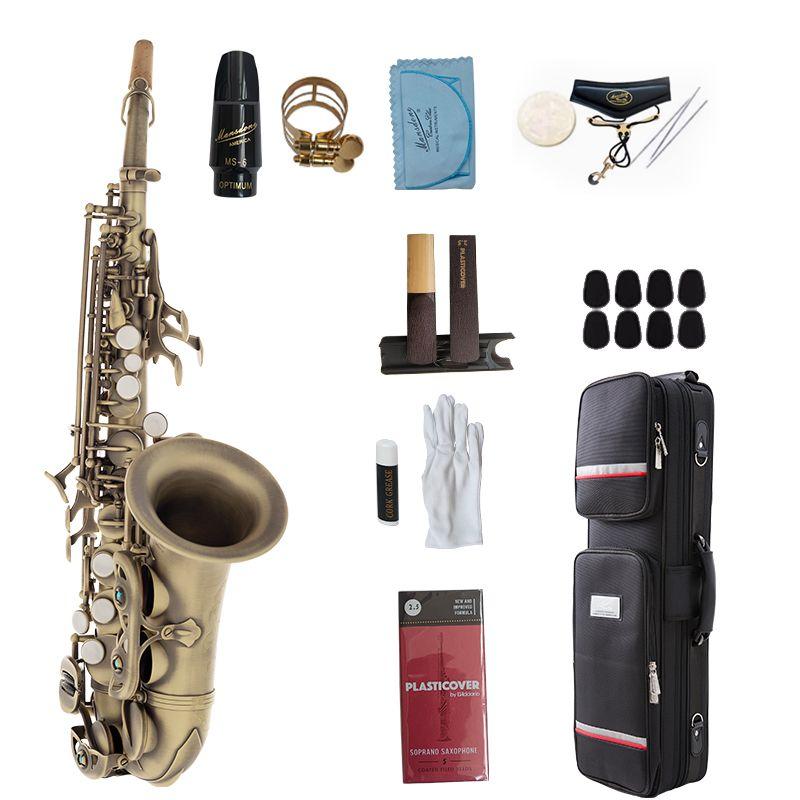The Serpent and the Arrow: Unraveling the Differences Between Straight and Curved Soprano Saxophones
22-10 2025

Within the saxophone family, the soprano stands out as the highest-pitched common member, its voice capable of both piercing clarity and tender sweetness. Yet, aspiring players often encounter a fundamental choice before even playing a note: should they choose the classic straight design or the more serpentine curved version? While they may look like different instruments, the core difference is almost entirely ergonomic and aesthetic, with subtle ramifications for sound and playability.
At first glance, the distinction is obvious. The straight soprano saxophone resembles a slender, metallic clarinet, a sleek arrow of brass pointing forward. In contrast, the curved soprano saxophone coils gracefully, mirroring the shape of its larger alto and tenor siblings, albeit in a more compact form. This visual difference is the most immediate and defining characteristic.
The Historical and Practical Genesis of the Curve
The straight design is the original. When Adolphe Sax invented the saxophone in the 1840s, the soprano was conceived as a straight instrument. The curve was introduced later, primarily to solve a practical problem: size and reach.
The soprano saxophone is a small instrument with a high pitch, which requires a relatively short tube length. However, to play in the key of B♭, the bore still needs to be a certain length. On a straight soprano, the keys are quite close together, which can feel cramped for players with larger hands. The curved neck and body effectively "shrink" the instrument's footprint without shortening the critical acoustic length. By bending the tube, the keys are brought into a more comfortable, familiar spatial arrangement, making the transition for alto or tenor players much smoother. Therefore, the curved design is largely an ergonomic innovation.
Comparing the Playing Experience
1. Ergonomics and Balance:
- Straight Soprano: Many players find the straight soprano to be better balanced. The weight is distributed more evenly along a vertical axis, making it feel stable in the hands. However, the key spacing can feel tight, and the mouthpiece comes directly to the player's mouth, which can feel less natural to some.
- Curved Soprano: The curve brings the mouthpiece closer to the body, similar to an alto sax, which can create a more comfortable and familiar embouchure (mouth position) for many. The key layout feels more spread out, alleviating the feeling of cramping. However, some models can be slightly neck-heavy due to the concentration of weight at the curve.
2. Intonation and Response: This is the subject of much debate among saxophonists. Acoustically, a bend in the tube can influence the instrument's response and intonation, but the quality of manufacturing is a far more significant factor than the shape itself.
- A well-made straight soprano is celebrated for its focused, direct, and often slightly brighter core sound. It is famously the horn of choice for jazz legend John Coltrane, whose piercingly clear and spiritual sound on "My Favorite Things" became a benchmark for the instrument.
- A well-made curved soprano is often described as having a slightly warmer, more "concentrated" or "covered" tone. The curve can sometimes help blend the instrument's registers more smoothly. The legendary Sidney Bechet, though he primarily played a straight model, embodied a powerful, vocal sound that some associate with the robust character a good curved horn can also produce.
In practice, the player's embouchure, air support, and the mouthpiece/reed setup have a vastly greater impact on intonation and tone color than the presence or absence of a curve.
Which One is Right for You?
The choice between a straight and curved soprano is deeply personal.
-
Choose a Straight Soprano if:
- You value the classic, iconic look and sound.
- You have smaller hands and find the key spacing comfortable.
- You are seeking that brilliant, penetrating projection often heard in jazz.
- Portability and case size are a consideration (straight cases are generally simpler and more compact).
-
Choose a Curved Soprano if:
- You are transitioning from alto or tenor sax and want a more familiar feel.
- You have larger hands and find the straight model too cramped.
- You are drawn to a potentially warmer, more mellow tonal character.
- You simply love the unique, elegant aesthetic of the curved design.
The Final Note
In the end, the difference between a straight and curved soprano saxophone is not one of fundamental identity, but one of form and feel. They are two branches of the same tree, offering slightly different paths to the same musical destination. The straight model offers classic directness and stability, while the curved model provides ergonomic comfort and a distinct, compact elegance.
The best advice for any musician is to try both. Feel them in your hands, play a scale, and listen. The right instrument will not only sound good but will feel like a natural extension of yourself, allowing the unique voice of the soprano sax—whether straight as an arrow or coiled like a serpent—to sing through you.

This article is provided by Mansdone Brand Marketing Department!